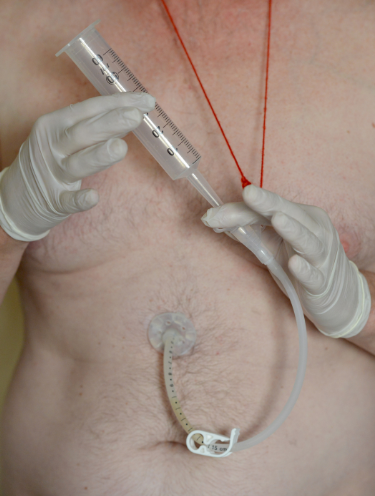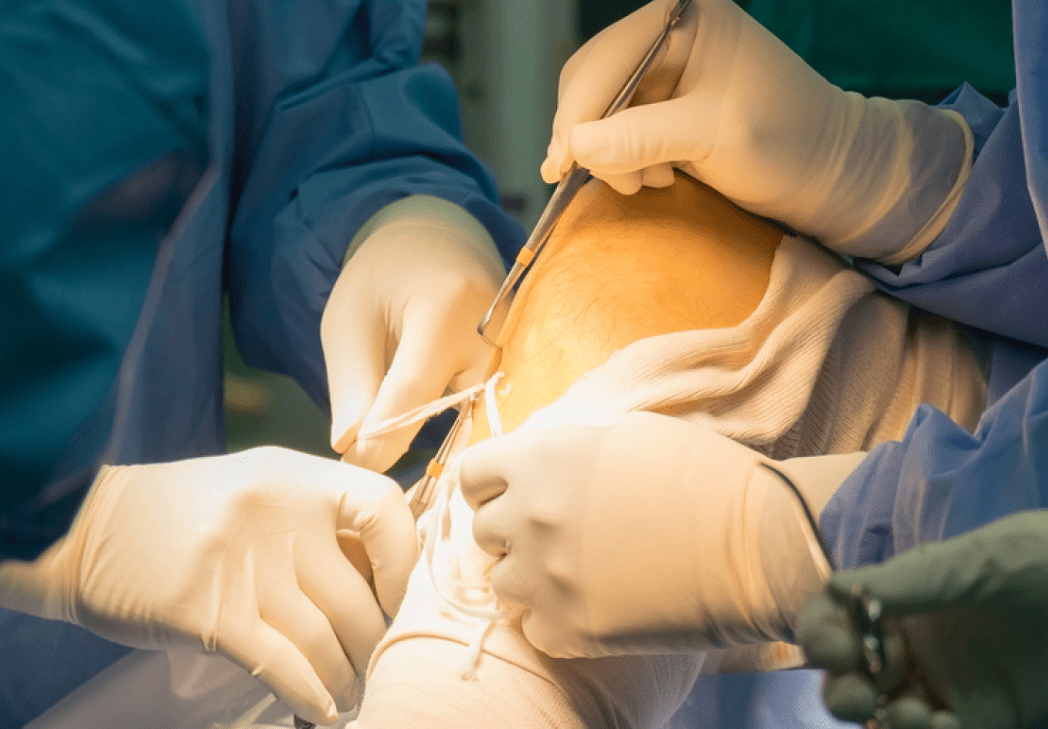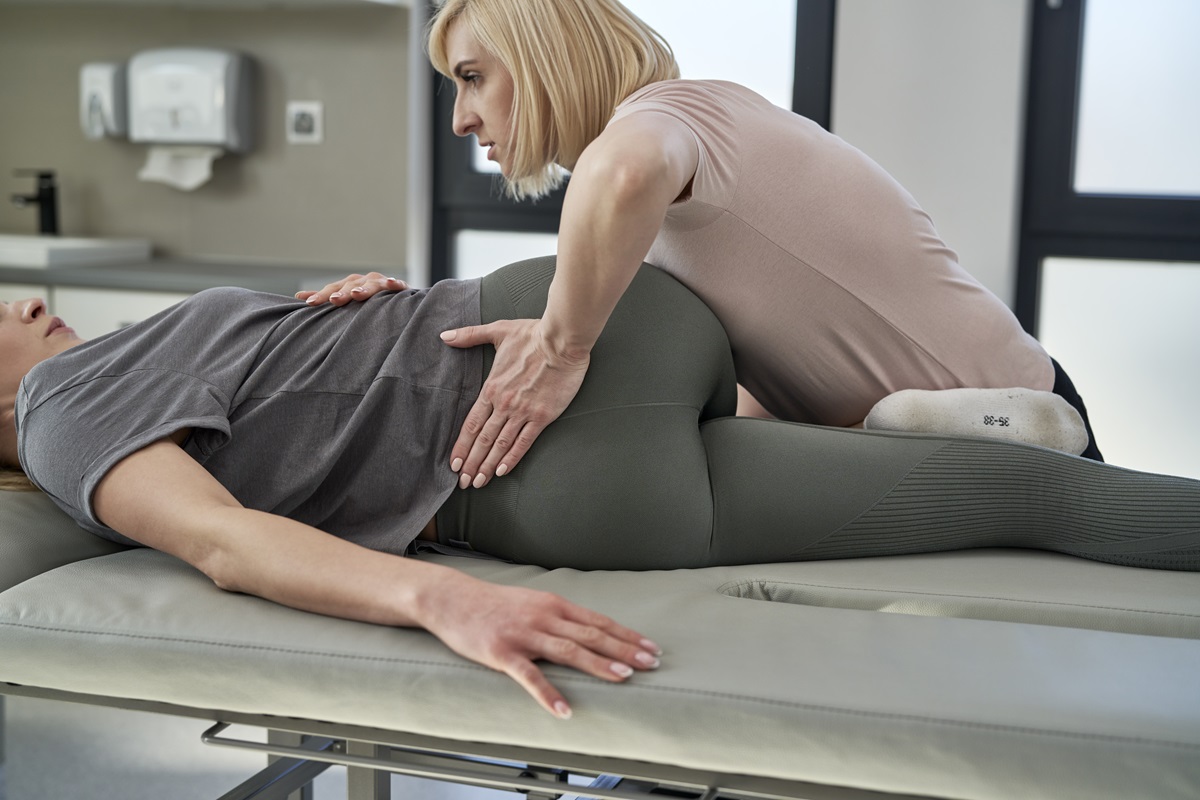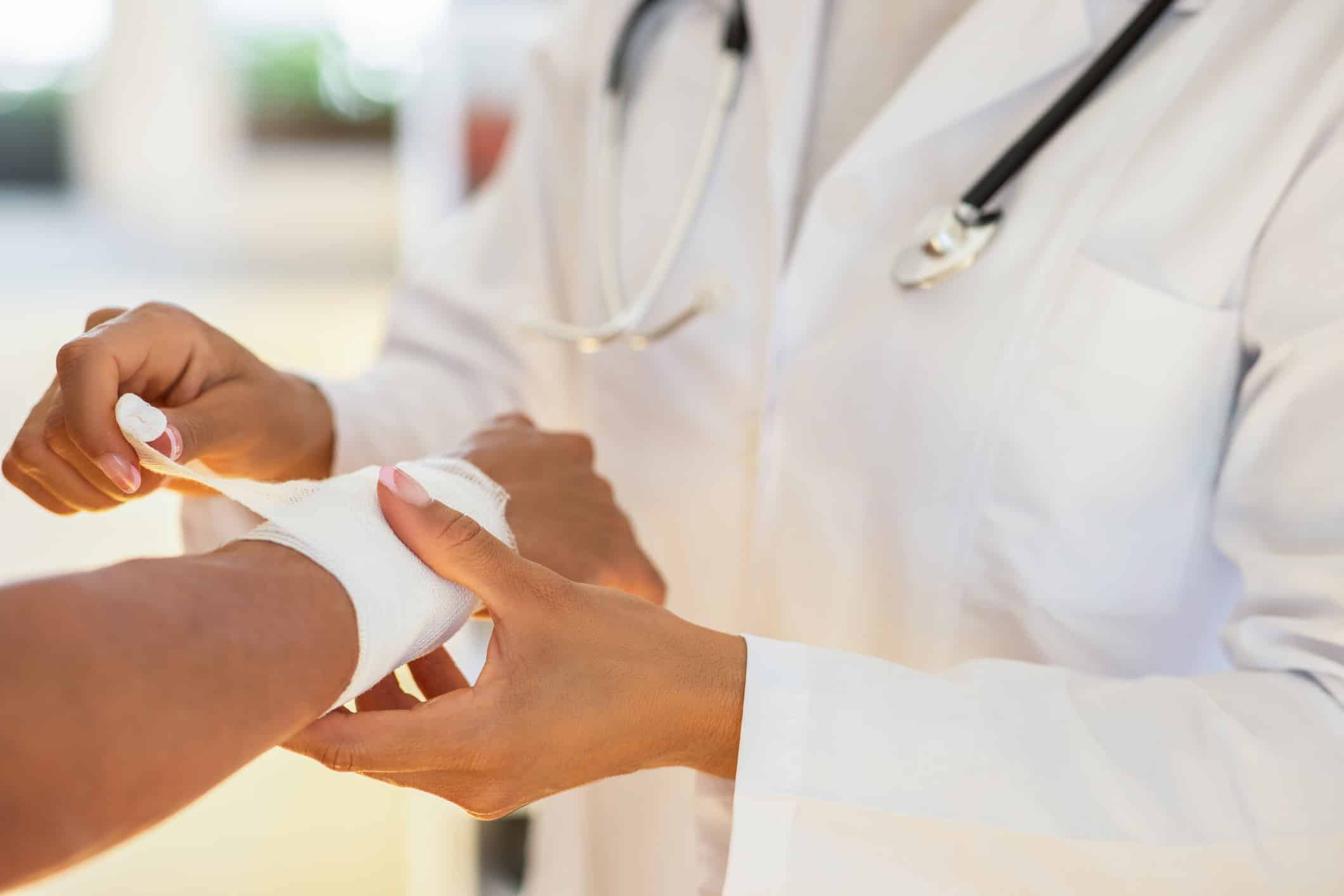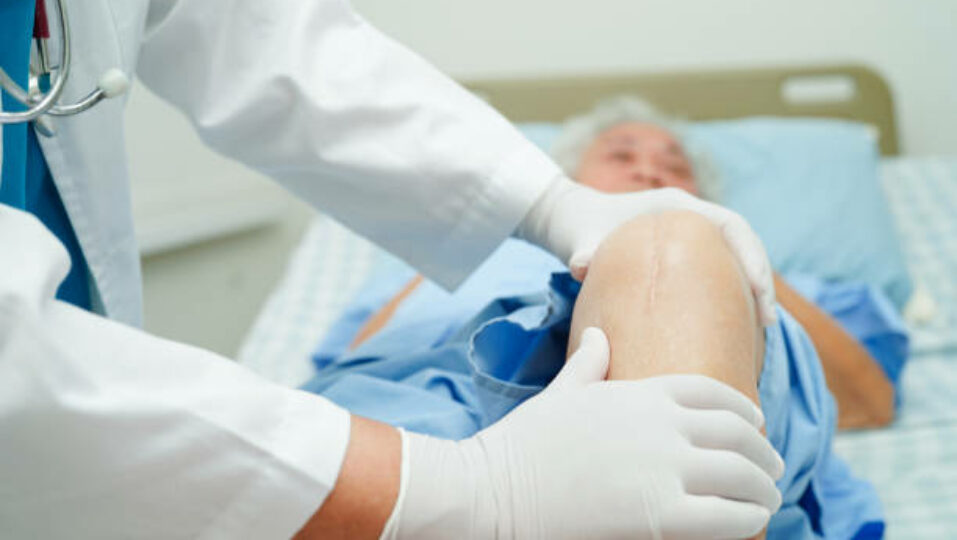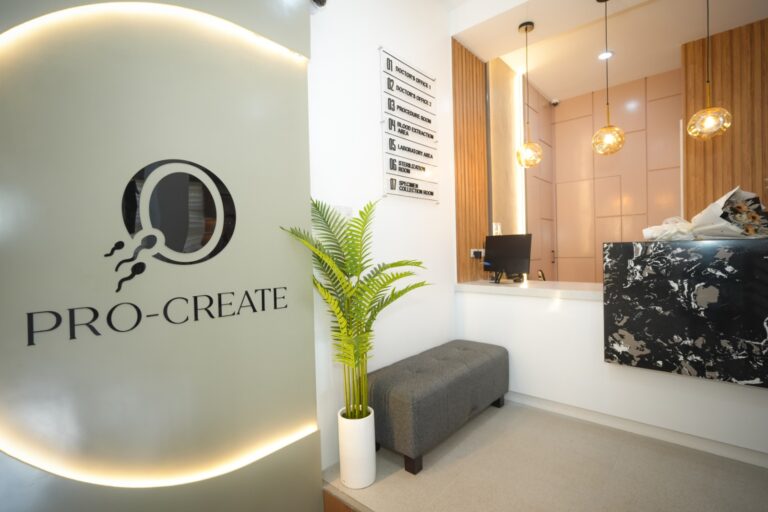Gastroscopy is a key medical procedure used to examine the upper gastrointestinal tract, including the esophagus, stomach, and duodenum. This procedure plays a vital role in diagnosing conditions such as ulcers, GERD, and infections. However, understanding what to expect during gastroscopy and preparing properly can help ensure a smooth and comfortable experience. In this article, we’ll provide essential tips to guide you through every stage of your gastroscopy procedure.
What is Gastroscopy?
Gastroscopy, also known as an upper GI endoscopy, is a medical procedure that allows doctors to visually examine the lining of your stomach, esophagus, and duodenum using a flexible tube with a camera on the end. This tool, called an endoscope, helps doctors diagnose a variety of gastrointestinal conditions, from ulcers to cancer. While the procedure may sound intimidating, it’s relatively quick and minimally invasive, making it an essential tool for diagnosing and treating digestive issues.
Why Gastroscopy is Important for Your Health
Gastroscopy is a powerful diagnostic tool that can help identify gastrointestinal problems early, allowing for prompt treatment and preventing further complications. Early detection of conditions like stomach ulcers or inflammation can be crucial in managing your health. Additionally, gastroscopy can help doctors monitor ongoing treatments, ensuring that any changes in your condition are caught early. Understanding the importance of gastroscopy can help you approach the procedure with a greater sense of confidence and awareness.
Preparing for a Gastroscopy: What to Expect
Proper preparation is key to ensuring a successful and comfortable gastroscopy. One of the most important steps is fasting, as your doctor will likely ask you to refrain from eating or drinking for several hours before the procedure. This ensures that your stomach is empty, allowing for a clearer view during the examination. You should also provide a detailed medical history to your healthcare provider to help them assess any potential risks. Finally, wear comfortable clothing and be prepared to rest after the procedure, as sedation may be used.
Choosing the Right Healthcare Provider: Key Considerations
When it comes to gastroscopy, choosing the right healthcare provider is essential for a smooth experience. Look for a doctor who specializes in gastrointestinal procedures and has a good track record with gastroscopy. It’s important to discuss any concerns you may have beforehand, such as sedation options or the risks involved. By selecting an experienced and empathetic provider, you can ensure that the procedure will be carried out efficiently and with minimal discomfort.
How to Stay Calm: Mental and Physical Preparation Tips
While gastroscopy is generally well-tolerated, it’s natural to feel anxious before the procedure. Staying calm is important to make the experience as comfortable as possible. Mentally, try to learn about the procedure so you know what to expect. You can also practice relaxation techniques like deep breathing or meditation before the appointment to ease anxiety. If you are nervous, don’t hesitate to discuss your concerns with your healthcare provider, who can offer reassurance or explain sedation options to help you feel more at ease during the gastroscopy.
During the Procedure: Ensuring Comfort and Understanding the Process
During gastroscopy, you’ll be asked to lie down while the endoscope is gently passed through your mouth and into the stomach. Depending on your preference or the recommendation of your doctor, sedation may be used to help you relax or to keep you comfortable. The procedure typically takes about 10-15 minutes, and you may feel mild discomfort or pressure in your abdomen. It’s important to communicate with the medical staff if you feel any significant discomfort during the procedure so they can adjust accordingly.
After the Gastroscopy: Post-Procedure Care and Recovery Tips
After a gastroscopy, it’s normal to feel mild side effects such as a sore throat, bloating, or slight nausea. These should subside within a few hours, and you will likely be advised to rest and avoid eating until the effects of sedation wear off. Your doctor will provide specific instructions on when you can resume normal activities, but in general, most people are able to return to work or school the following day. However, if you experience persistent pain or discomfort, or if you have any concerns, it’s important to contact your healthcare provider.
Questions to Ask Your Doctor Before and After the Procedure
Before undergoing gastroscopy, be sure to ask your doctor any questions you may have. Inquire about the type of sedation available, how long the procedure will take, and any potential risks associated with the procedure. After the gastroscopy, you should also ask about the results and when to expect follow-up appointments or additional tests. Understanding the process and post-procedure care will help you feel more in control and comfortable throughout your gastroscopy experience.
A Smooth Gastroscopy Experience is Within Your Reach
A gastroscopy may seem daunting at first, but with proper preparation and understanding, it can be a smooth and relatively comfortable experience. By following the tips outlined in this article—from mental preparation to post-procedure care—you can reduce anxiety and make the procedure as stress-free as possible. Remember, gastroscopy is a key tool in maintaining your gastrointestinal health, and with the right approach, it will be a positive step towards better health.

